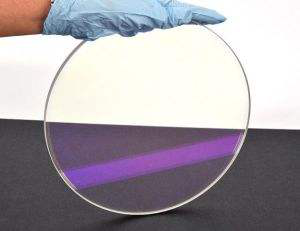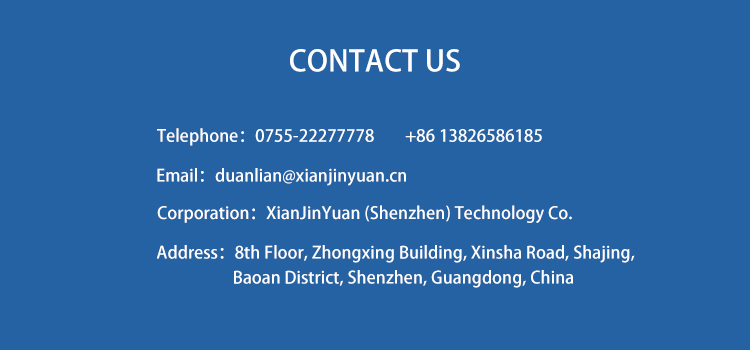ITO optical film sputteringIt is an important optical material preparation technology. This technology utilizes physical vapor deposition technology to deposit ITO material on a substrate, forming
transparent conductive filmITO thin film has conductivity and transparency, and is an important material for preparing optoelectronic devices and display devices.
1、 Characteristics and Applications of ITO Materials
ITO is an indium tin oxide material with excellent conductivity and transparency. The conductivity of ITO material is as high as 10 ^ 4-10 ^ 5S/m, which can be used as a transparent conductive film. ITO material has good transparency and can be used as transparent electrodes, optical filters, solar cells, etc. ITO material has high surface hardness and strong corrosion resistance, and is widely used in fields such as LED lighting, flat panel displays, and touch screens.

2、 The basic principle of ITO optical film sputtering technology
ITO optical film sputtering technology is a physical vapor deposition technique based on the sputtering effect. In the sputtering chamber, ITO powder is used as the target material, and high-energy particles are used to bombard the surface of the target material, causing the ITO material on the surface of the target material to detach from the target material and deposit in gaseous form on the substrate surface. The atmosphere in the sputtering chamber can be controlled by an inert gas such as argon. A layer of ITO optical film is formed on the substrate surface through multiple sputtering deposition processes.
3、 The advantages and disadvantages of ITO optical film sputtering technology are as follows:
- No heating is required during the sputtering process, and the substrate temperature is low, which will not cause distortion or deformation of the substrate.
- The sputtering rate is controllable, and the film thickness and optical properties can be adjusted.
- The atmosphere in the sputtering chamber is controllable, and the composition and properties of the film can be controlled.
- During the sputtering process, large-area ITO optical films can be prepared.
- ITO optical film has good transparency and excellent conductivity, and can be used to prepare various optoelectronic devices. However, ITO optical film sputtering technology also has some drawbacks:
- During the sputtering process, target dust is generated, causing pollution to equipment and the environment.
- Heat is generated during the sputtering process, requiring cooling equipment and increasing preparation costs.
- The utilization rate of target materials is low, and the target materials need to be replaced frequently, which increases the preparation cost.
4、 Application Status of ITO Optical Film Sputtering Technology
ITO optical film sputtering technology has been widely used in optoelectronic devices and display devices. Optoelectronic devices include LED lighting, solar cells, photovoltaic cells, etc; Display devices include liquid crystal displays, organic light-emitting diodes (OLEDs), etc. In LED lighting, ITO optical film is used as
transparent conductive filmCan be used to prepare LED chips. In solar cells, ITO optical films are used as transparent electrodes to improve photoelectric conversion efficiency. In liquid crystal displays, ITO optical films are used as transparent electrodes to control the orientation and arrangement of liquid crystal molecules. In OLED, ITO optical film is used as an electrode to provide current and optical signals.
5、 Summary
ITO optical film sputtering technology is an important optical material preparation technique. This technology utilizes physical vapor deposition technology to deposit ITO material on a substrate, forming a transparent conductive thin film. ITO thin film has conductivity and transparency, and is an important material for preparing optoelectronic devices and display devices. This technology has the advantages of low preparation cost, controllable film thickness, and large-area preparation, but it also has disadvantages such as low utilization rate of target materials and environmental pollution. Widely used in fields such as LED lighting, solar cells, LCD displays, OLED, etc.





